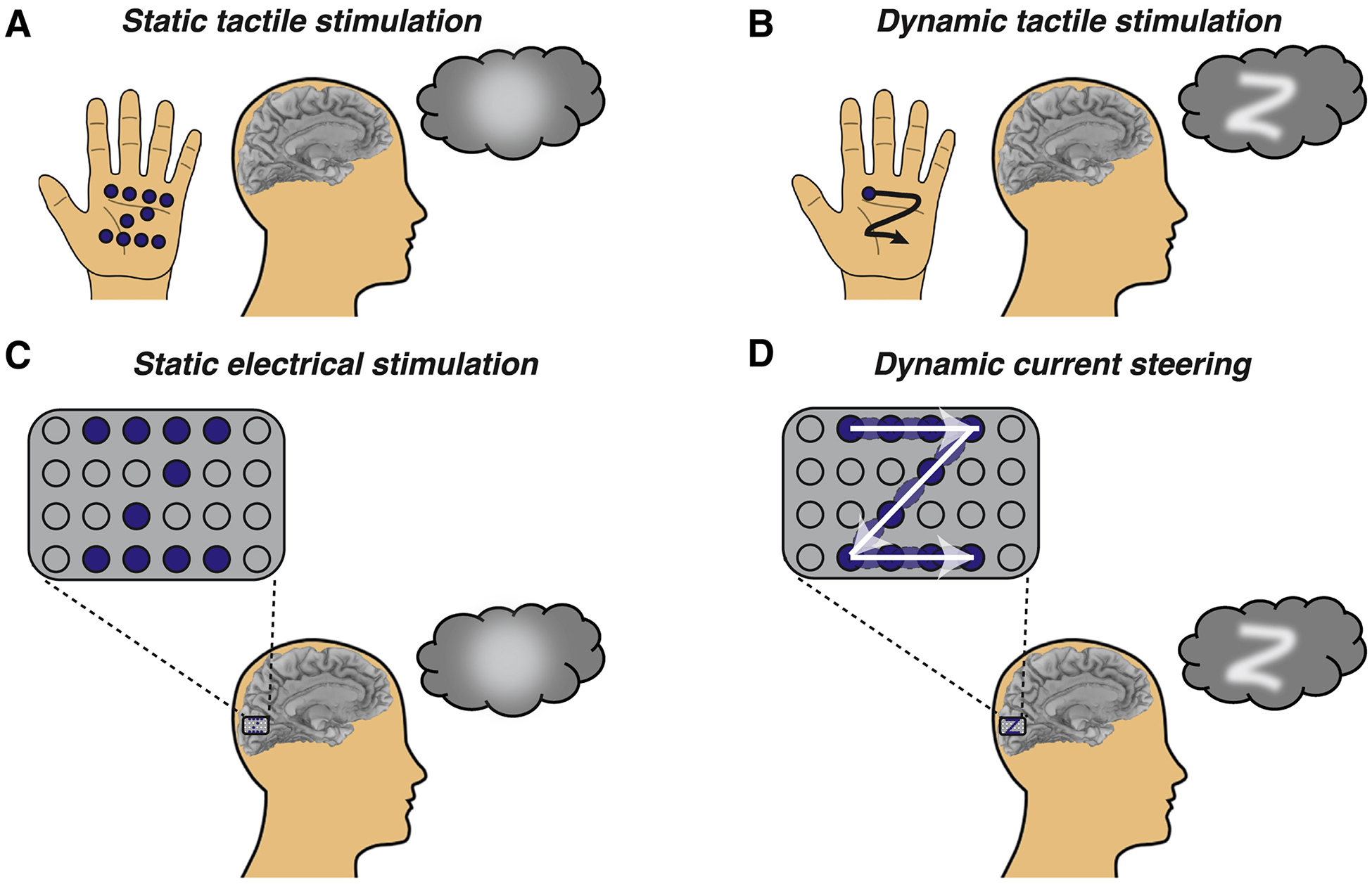Figure 1. Stimulation paradigms for visual cortical prosthetics.

(A) To convey a letter through touch, one could use static tactile stimulation to press multiple probes (blue dots) into the palm of the hand, forming the shape of a static letter. However, this results in an amorphous percept (blob in thought bubble). (B) Alternately, one could use dynamic tactile stimulation to trace the shape of the letter dynamically using a single probe (single blue dot) traced across the palm in a sequence (black line with arrow) that matches the desired shape, producing a coherent letter percept (“Z” in thought bubble). (C) In a cortical visual prosthetic, an electrode grid is implanted over visual cortex. For static electrical stimulation, current is delivered concurrently to some electrodes (blue circles) but not others (gray circles), resulting in an amorphous percept. (D) For dynamic current steering, current is delivered to the electrode grid in a temporal sequence that matches the desired shape (white arrows), resulting in a coherent visual percept. Current is delivered in sequence to physical electrodes (dark blue circles) and virtual electrodes (light blue ovals) created by current steering (delivering current simultaneously to adjacent physical electrodes).
